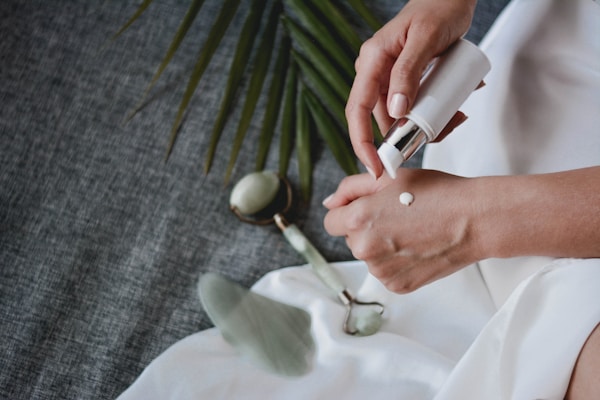It’s no secret that aging can be a stressful process. As we get older, we may feel like we’re losing our youth and our ability to do the things we enjoy. We may also feel pressure to maintain our appearance and stay young and active. All of these factors can contribute to a great deal of stress. As we age, it’s only natural that we start to look and feel a little older, but that doesn’t mean we have to resign ourselves to a life of feeling old and decrepit. There are plenty of products out there that can help us look and feel young again.
Supplements

As we age, our bodies naturally produce less of the hormones we need to maintain our health and vitality. This can result in a number of unwelcome symptoms, such as fatigue, weight gain, and a decrease in libido. But there is a way to combat these effects: supplements. There are a number of supplements that can help you feel young and energetic. For example, supplements that boost your metabolism can help you lose weight, and supplements that increase testosterone levels can help improve your sex life. However, Super Youth Collagen is a great place to start. It’s a dietary supplement that is designed to promote healthy skin, hair, and nails.
Male Enhancement Pills
As men age, they may find that they are not able to get or keep an erection as easily as they did when they were younger. This is normal. There is no need to be ashamed of it, and there are products that can help. A simple internet search for “the best male enhancement pills” can help you achieve sexual function and overall pleasure. These pills work by increasing blood flow and the firmness of erections. Additionally, they can also help to boost testosterone production, stamina, and libido. Using a male enhancement pill can improve sexual satisfaction for both partners.
Quality Skincare Creams

The skin is the body’s largest organ, and it’s also one of the most exposed. As a result, it can be affected by a variety of issues, especially aging. A good skincare routine is essential to keeping your skin looking young and feeling its best.
There are a few basic steps that everyone should follow when creating their skincare routine. The first step is to cleanse your skin. Use a gentle cleanser that won’t strip your skin of its natural oils. Next, apply a moisturizer. Choose one that is suited to your skin type; oily skin needs a different moisturizer than dry skin does.
If you’re experiencing any problems with your skin, such as wrinkles or age spots, there are specific products that can help address those issues. There are anti-aging creams specifically designed to reduce the appearance of wrinkles and age spots and vitamin C serums that can lighten dark patches on the skin caused by sun exposure.
Sunscreen
Sunscreen is one of the best products to protect your skin from the sun’s harmful UV radiation. Not only does sunscreen help prevent sunburn, but it may also reduce your risk of skin cancer and keep your skin looking young. To get the most protection from sunscreen, you need to use enough and reapply it often. How much sunscreen you need to use and how often to reapply depends on a number of factors, including your skin type, the SPF of the sunscreen, and how often you are exposed to the sun.
The importance of products to help you look and feel young again is largely due to the fact that as we age, our skin changes. With time, our skin becomes thinner and less elastic, which can lead to wrinkles, fine lines, and other blemishes. Using products that are specifically designed to help improve the appearance and health of our skin can help us look and feel younger overall.




























